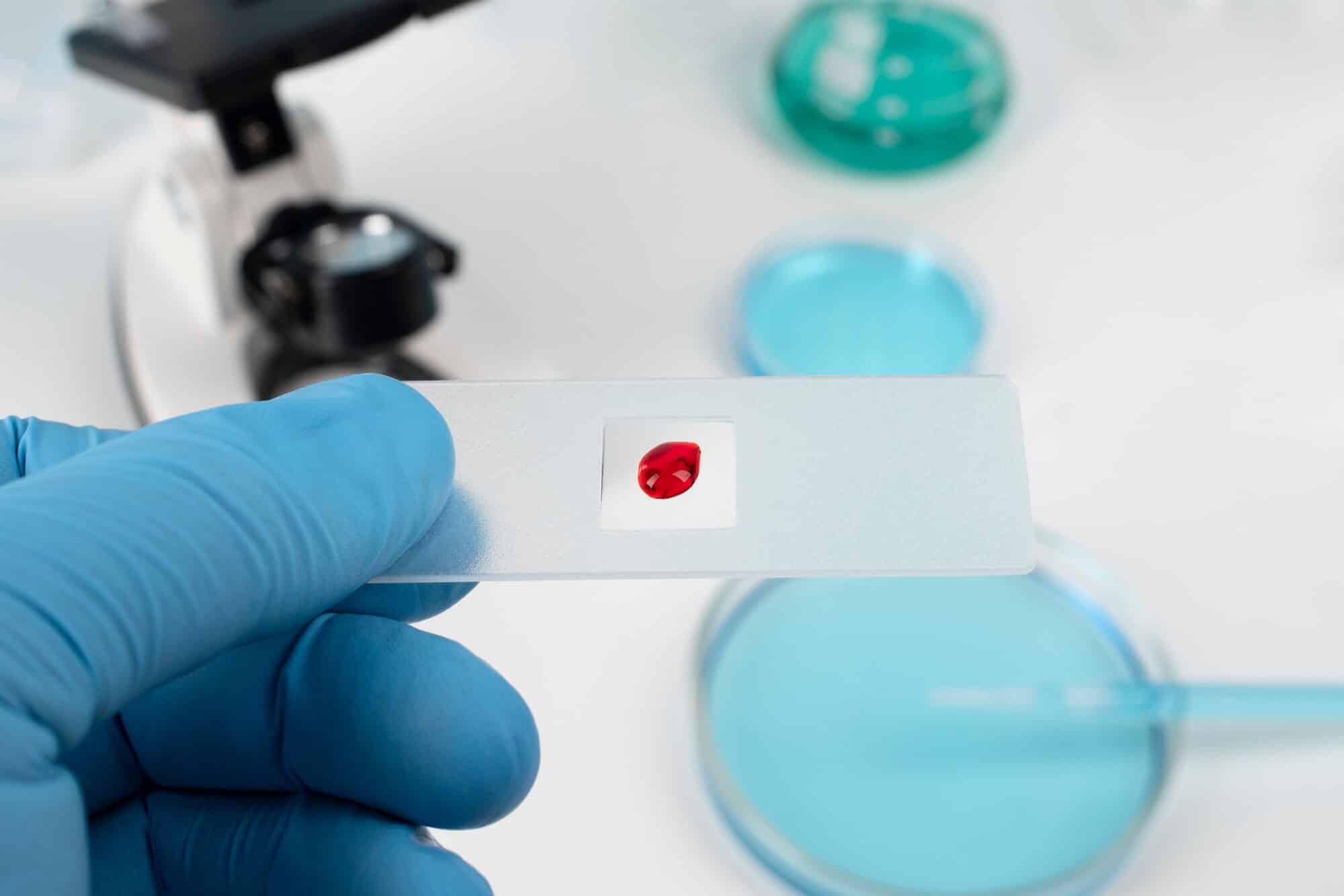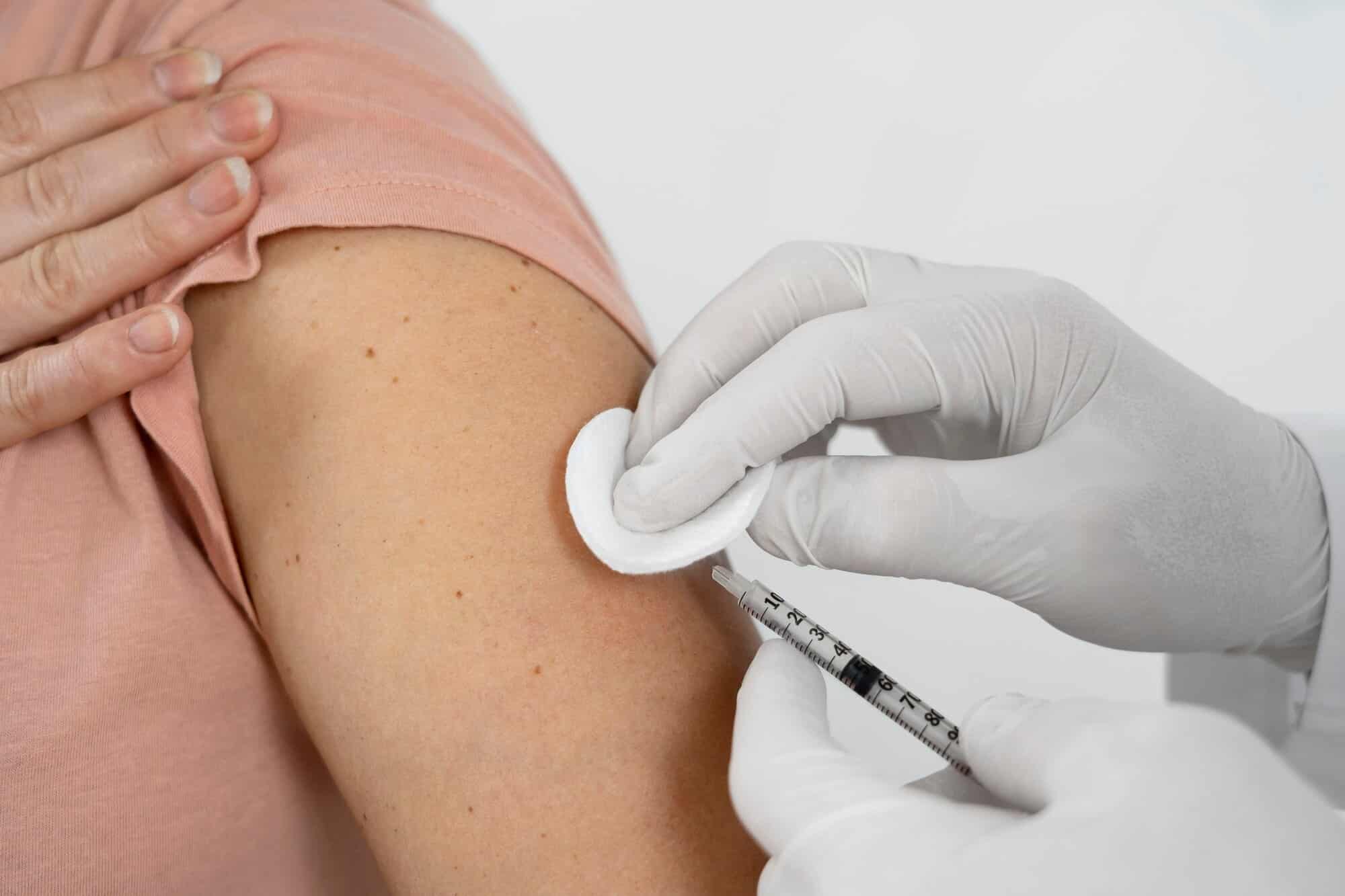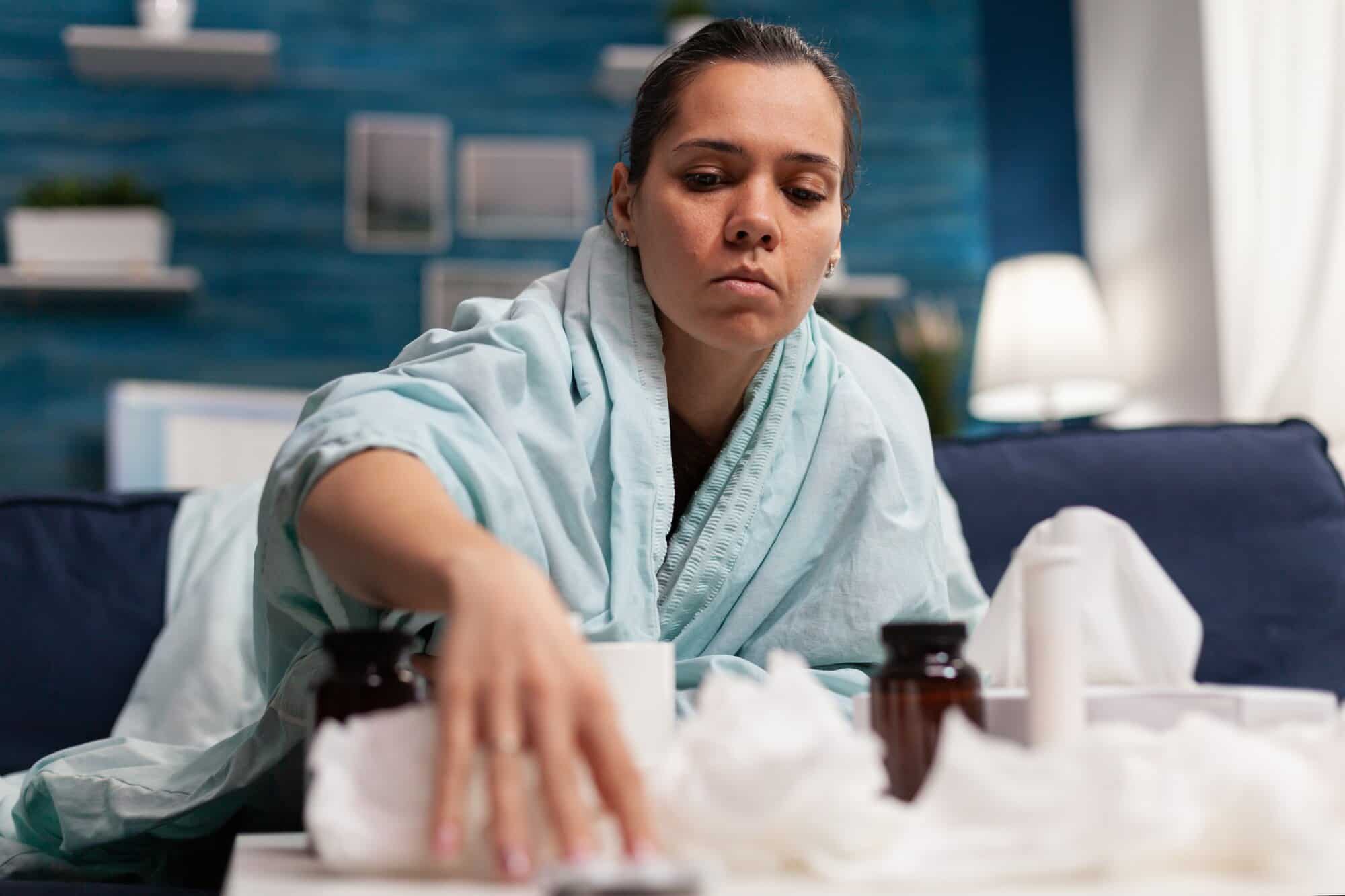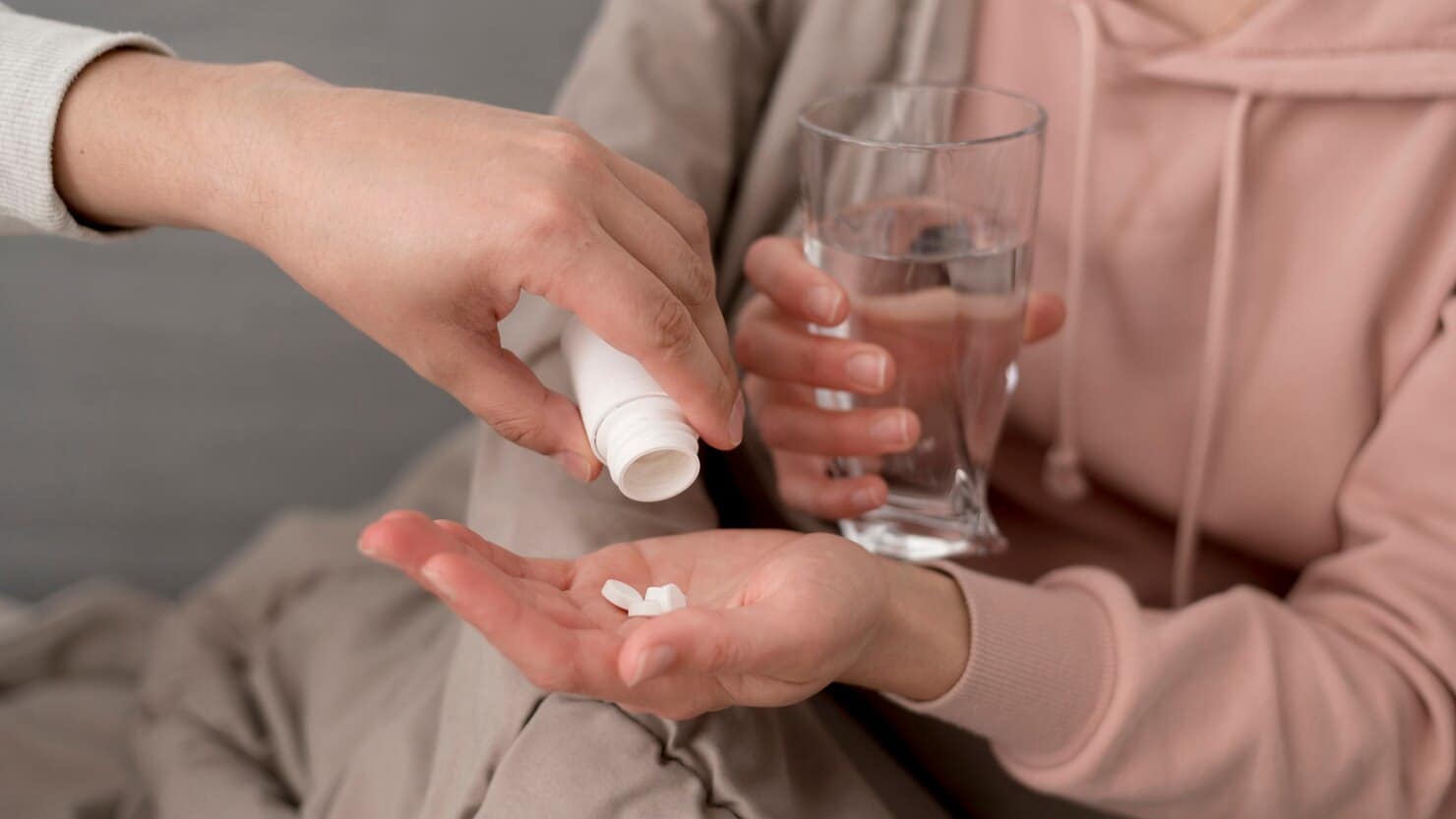
Chlamydia and gonorrhea are sexually transmitted infections (STIs) caused by different kinds of bacteria. Recognizing the difference between chlamydia and gonorrhea is key to effective treatment, which can prevent long-term complications. In this article, we will provide a detailed comparison of these STIs and outline preventive measures for both.
What is Chlamydia?
Chlamydia is a common STI caused by Chlamydia trachomatis bacteria. It is spread through vaginal sex, oral sex, anal sex, and the sharing of sex toys with an infected person. Chlamydia is curable but often goes unnoticed. When left untreated, chlamydia can lead to serious long-term health complications, including damage to reproductive organs and infertility.
What is Gonorrhea?
Gonorrhea is a common STI caused by Neisseria gonorrhoeae bacteria. It is transmitted through vaginal, oral, and anal sex, but can also spread through the sharing of sex toys. Gonorrhea is easily treatable; however, it is often asymptomatic, which means it can go untreated for long periods of time.
Key Differences Between Chlamydia and Gonorrhea
Chlamydia and gonorrhea are both considered STIs. However, there are some differences in how they manifest in the body and how they are treated.
Symptoms
Below is a detailed overview of symptoms associated with chlamydia and gonorrhea.
Chlamydia
Symptoms of chlamydia are different in males and females. In males, symptoms include:
- Discharge from the penis
- Itching or burning in the urethra
- Pain and swelling in the testicles
- Redness, pain, and discharge from the eye (conjunctivitis)
- Pain in and discharge from the rectum
Symptoms of chlamydia in females include:
- Pain in the abdomen
- Eye irritation
- Rectal pain and discharge
- Discharge from the vagina
- Painful urination
- Pain during sex
- Bleeding between periods or after sex
Gonorrhea
Similar to chlamydia, the symptoms of gonorrhea are different in males and females. Symptoms in males include:
- Unusual discharge from the penis
- Inflammation of the foreskin
- Pain or tenderness in the testicles
- Pain in the rectum
- Pain in the throat
Symptoms of gonorrhea in females include:
- Unusual vaginal discharge
- Pain or burning when urinating
- Pain during sexual intercourse
- Bleeding between periods and after sex
- Heavier periods
Incubation Period
The incubation period refers to the time that an infection takes to present symptoms.
Chlamydia
Chlamydia can often be asymptomatic, which means that no symptoms appear. If symptoms do occur, they usually manifest between 7 to 21 days after exposure.
Gonorrhea
Gonorrhea can also be asymptomatic. However, symptoms may only take 2 to 7 days to appear.
Affected Body Parts
Chlamydia and gonorrhea can affect different parts of the body.
Chlamydia
Chlamydia can affect the following body parts:
- Genitals
- Rectum
- Throat
- Eyes
Gonorrhea
Gonorrhea can affect the following body parts:
- Genitals
- Rectum
- Eyes
- Throat
- Joints (septic arthritis)
Complications
In addition to initial symptoms, chlamydia and gonorrhea can lead to long-term health issues if they are left untreated.
Chlamydia
Females with chlamydia may develop pelvic inflammatory disease (PID), become infertile, or experience ectopic pregnancy (a pregnancy that develops outside of the uterus). Pregnant individuals who are infected with chlamydia can also pass the infection on to their babies during childbirth, putting their newborn at risk of developing conjunctivitis and pneumonia.
Males with chlamydia may develop a painful infection near the testicles, which can lead to infertility in rare cases. Additionally, chlamydia may cause reactive arthritis, which is characterized by joint pain and swelling.
Gonorrhea
Females with gonorrhea may develop PID, which infects the fallopian tubes, uterus, and cervix. Untreated PID can lead to permanent damage to the reproductive tract, causing infertility. It can also lead to chronic pelvic pain.
In males, an untreated gonorrhea infection can lead to a condition called epididymitis, which is characterized by inflammation of the tubes that store semen near the testicles. This condition can cause testicular pain, fever, swelling of the scrotum, and, if left untreated, infertility.
In rare cases, gonorrhea can enter the bloodstream and infect other body parts, including the joints, skin, and internal organs.
Testing and Diagnosis
Since both chlamydia and gonorrhea can be asymptomatic, testing and diagnosis play a crucial role in identifying the infections so that you can move forward with treatment.
Chlamydia
The most common type of test for chlamydia is called an NAAT, short for nucleic acid amplification test. An NAAT detects the DNA of the bacteria that causes the infection using a urine sample or secretions from your vagina, penis, or anus. It is important for patients to follow the directions of their healthcare provider before taking the test and avoid having sex until the results are in.
It takes about 24 hours for test results to come back, although rapid chlamydia tests can produce results in approximately 90 minutes. If you test positive, you should inform your sexual partner(s) so that they can get tested as well.
Gonorrhea
A gonorrhea test identifies gonorrhea bacteria using fluid taken from the body. This fluid can be urine or secretions swabbed from the infected part of your body, such as the urethra, vagina, throat, rectum, or penis. The type of gonorrhea test you take will depend on your symptoms and risk factors.
Your doctor may also give you a chlamydia test since both infections can occur simultaneously. If you test positive, you should let your sexual partner(s) know so that they can go for testing as well.
Treatment Options
Both chlamydia and gonorrhea are easily treatable when caught early on.
Chlamydia
Chlamydia can be treated by taking a week-long course of antibiotics. Common antibiotics prescribed for chlamydia include Doxycycline and Azithromycin. It is very important to complete your course of antibiotics even if your symptoms start to improve, as cutting your treatment short could cause the bacteria to build up antibiotic resistance.
You should always ask your healthcare provider for follow-up care after you’ve completed your treatment to confirm that the infection is gone. While antibiotics can rid your body of the infection, they cannot reverse any harm that the infection has already caused. That is why it is important to get tested regularly and contact a doctor at the first sign of symptoms.
Gonorrhea
Gonorrhea is also treated with antibiotics, most commonly with ceftriaxone, which is given as an injection. You can still transmit the infection to others for up to seven days after treatment, meaning you should avoid any sexual activity for a week after getting the shot.
Healthcare providers recommend getting tested for gonorrhea again three months after treatment to make sure you have not been re-infected, which can happen if your sexual partner was never tested and treated or if you have engaged in sexual activity with a new partner.
Preventing Chlamydia and Gonnorhea
If you are sexually active or planning to become sexually active, you should take the following steps to reduce the risk of chlamydia and gonorrhea infections:
- Always use a condom or dental dam while having sex
- Do not engage in sexual activities with someone who has an active infection
- Do not engage in sexual activities with someone who has symptoms of either infection
- Limit your sexual activity to one person or communicate openly with your sexual partners about their sexual activities
- Wash sex toys before sharing them, and cover toys used for penetration with a condom
- Get tested regularly if you have multiple partners or are having unprotected sex
Contact Equality Health for STI Testing and Treatment
Although chlamydia and gonorrhea are curable infections, they often go unnoticed for long periods of time, during which they can cause serious complications. If you notice symptoms of gonorrhea or chlamydia in yourself or your partner, getting tested and treated should be your number one priority.
At Equality Health, we provide safe, confidential testing for both gonorrhea and chlamydia, along with reliable treatment options. Our team will do everything they can to get you back to leading a healthy life, free from infection.
Call us or fill out our online form to schedule an appointment.




